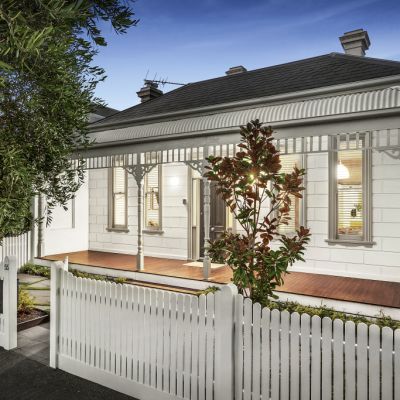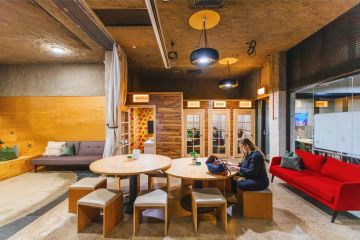How to transform your home without renovating
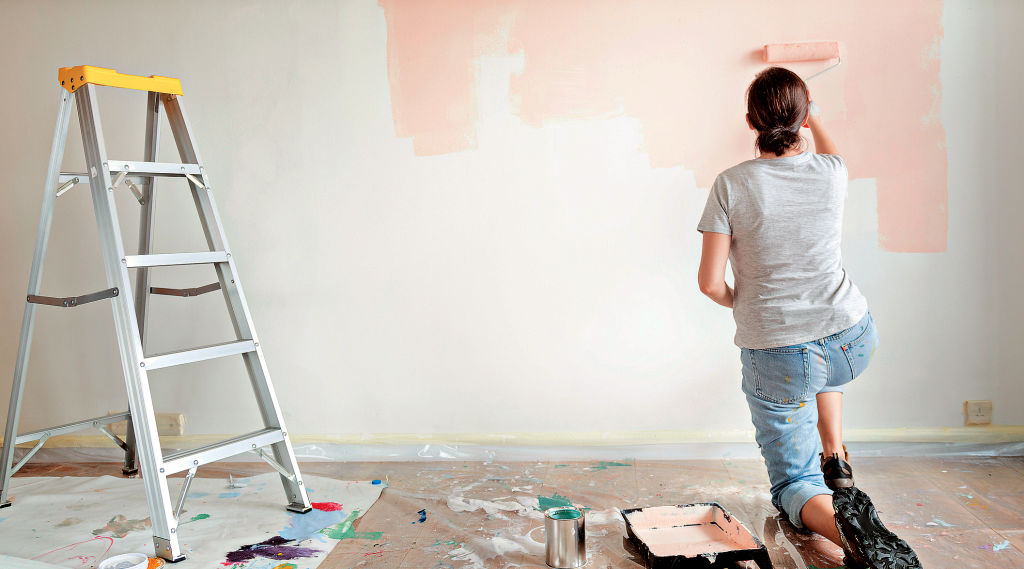
Considering we’re spending more time than ever between the same four walls, you might be looking around at your home and dreaming of renovating.
And while they say a change is as good as a holiday, renovating can be costly and inconvenient – especially if you have to move out of the place while work is underway.
Luckily, you don’t necessarily need to renovate in order to dramatically change your living quarters.
Sydney interior designer and author of Make a Home to Love Anna-Carin McNamara believes you can transform your home with simple design tips and tricks.
Drawing on her Swedish upbringing, McNamara’s golden rule is to consider the feel of the place before you even pick up any styling magazines or think about how it looks. Homes should feel warm and inviting, she says, rather than cold and stark.
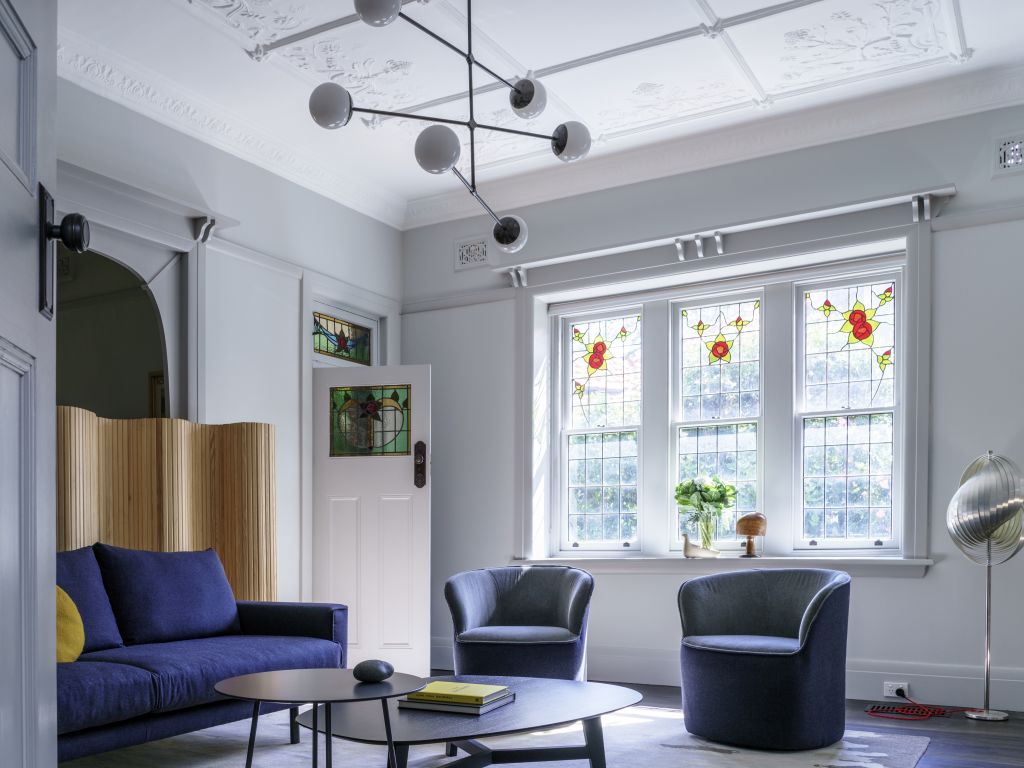
“All aesthetics comes back to a feeling – a feeling that you want to invoke in yourself and in people who [visit you],” she says.
“The key is to go in and spend some time in each space … You just sit down in a room and take notes: OK, how do I feel in this room at the moment, and then you think, how do I want to feel? And what’s in the way of that?
“And it might turn out that there’s just too much stuff in there, or it’s sitting in the wrong way, or it’s the wrong colour.”
After establishing how you’d like to feel in your home, McNamara suggests putting together a mood board (she likes using Google Slides for this) where you create an aesthetic that complements this vibe.
You might flick through magazines and watch movies for inspiration, or remember spaces you’ve visited that resonated with you. It also involves determining the aspects of your home that you already like and building an aesthetic around those aspects. Then, start writing.
“I call it ‘The imagining’, and it’s to write down the most beautiful, truest home environment that you can possibly imagine. It’s also an incredible way of exploring what’s beyond what is already there.”
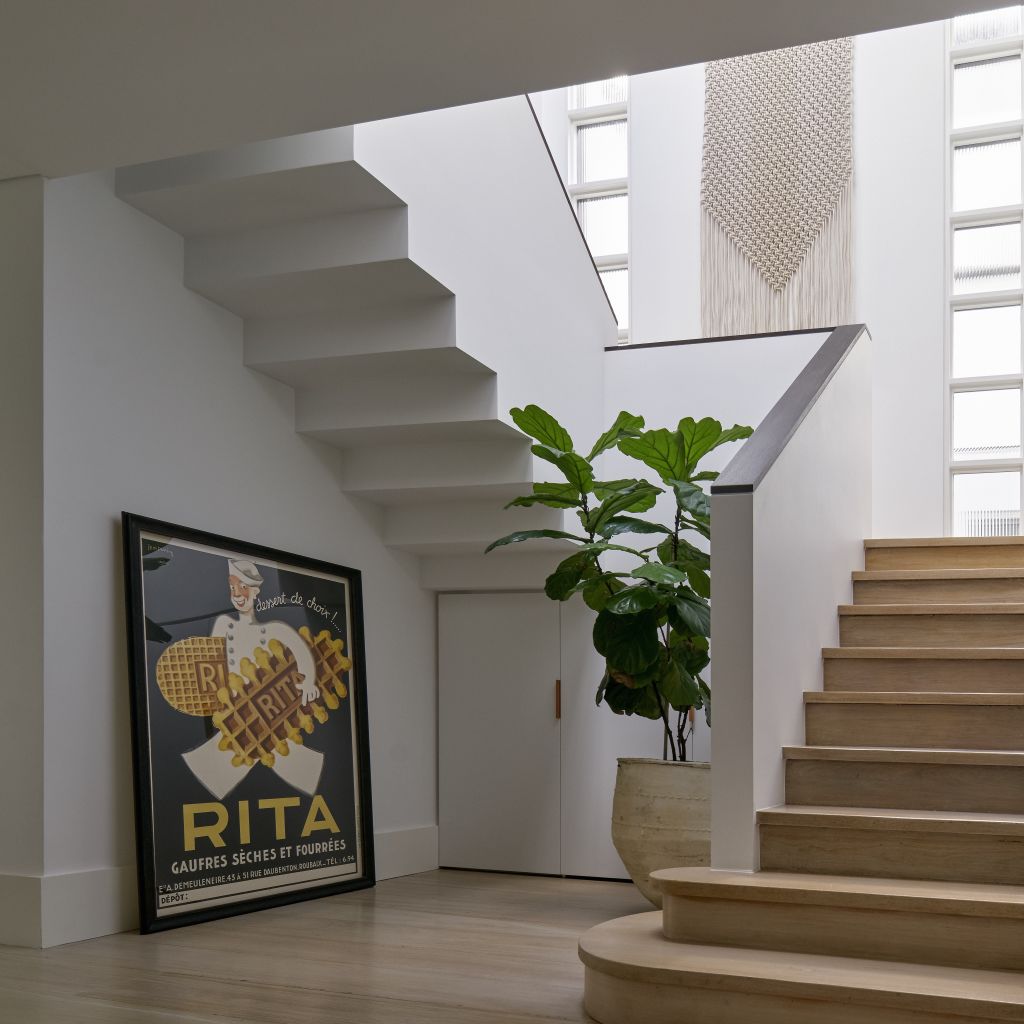
The natural evolution of this imagining is to begin de-cluttering. While McNamara recommends making a list of things you’d like to replace or “re-acquire”, this should be done consciously and with sustainability in mind, so that as little as possible ends up in landfill.
And while each home requires different things, McNamara has some general, universal tips.
Often her first “go-to” in any house is bringing in rugs, because they imbue a space with warmth and intimacy and help with acoustics.
Rugs can also improve the appearance of uneven or unattractive flooring if overhauling your floors isn’t option. McNamara suggests overlapping different rugs in the one room, and placing long runners in hallways.
Next to rugs, nothing can create a “wow” factor quite like a well-chosen piece of art.
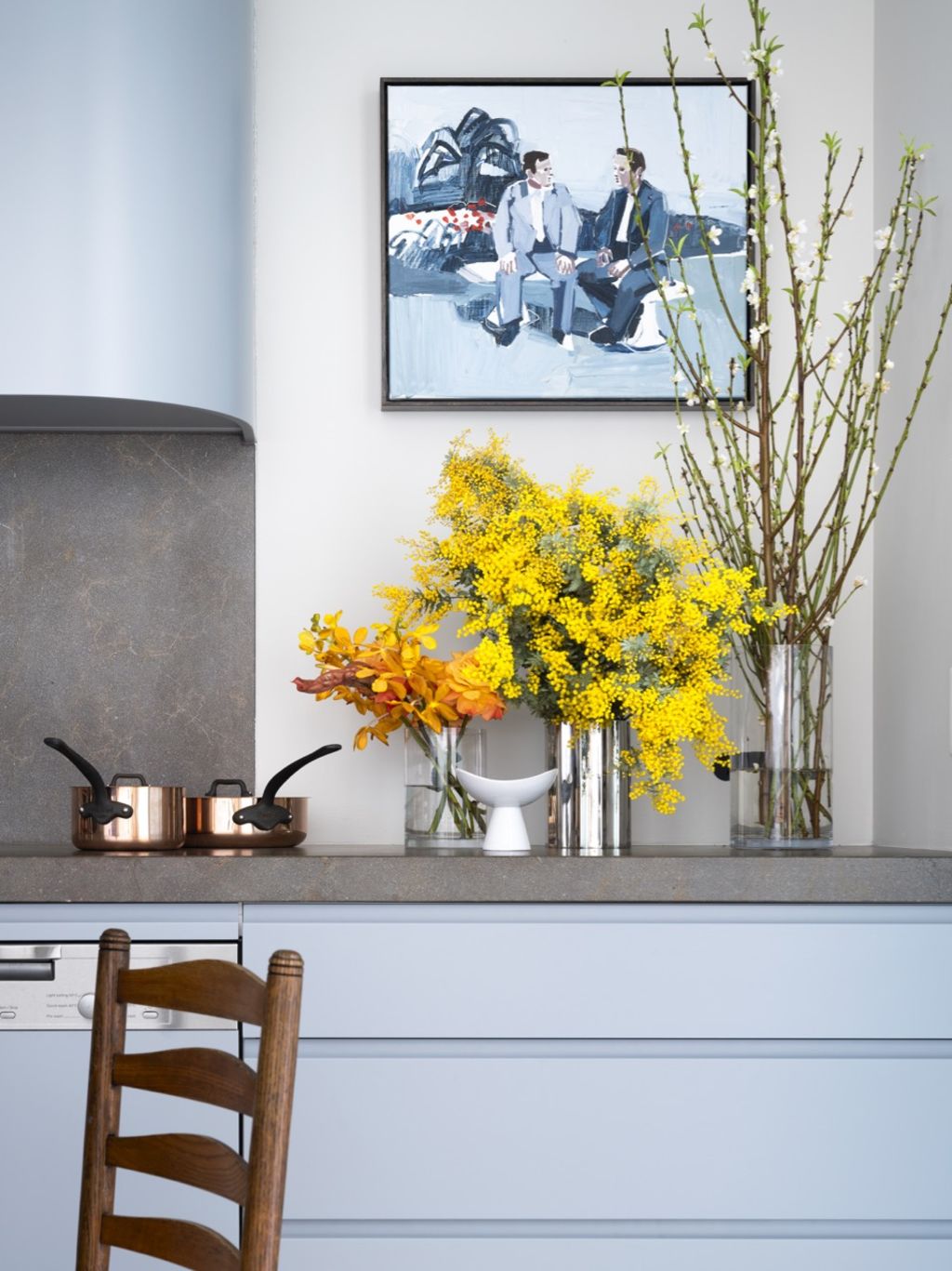
“Artwork can change a space immediately, very forcefully. It can set the mood of a room more than many other things,” says McNamara. “I think rugs and artwork are the foundations of a room.”
Then, there’s the arrangement of objects.
One of the most economical yet transformative things you can do in a home is to rearrange the furniture. McNamara recommends first considering the activity that takes place in the room (or the activity you’d like to take place) – if you want your living room to be conducive to sitting and chatting, for instance, you might arrange your couches so they orient towards each other rather than a television.
“Instead of [watching] the next Netflix thing, have a furniture-moving evening,” says McNamara.
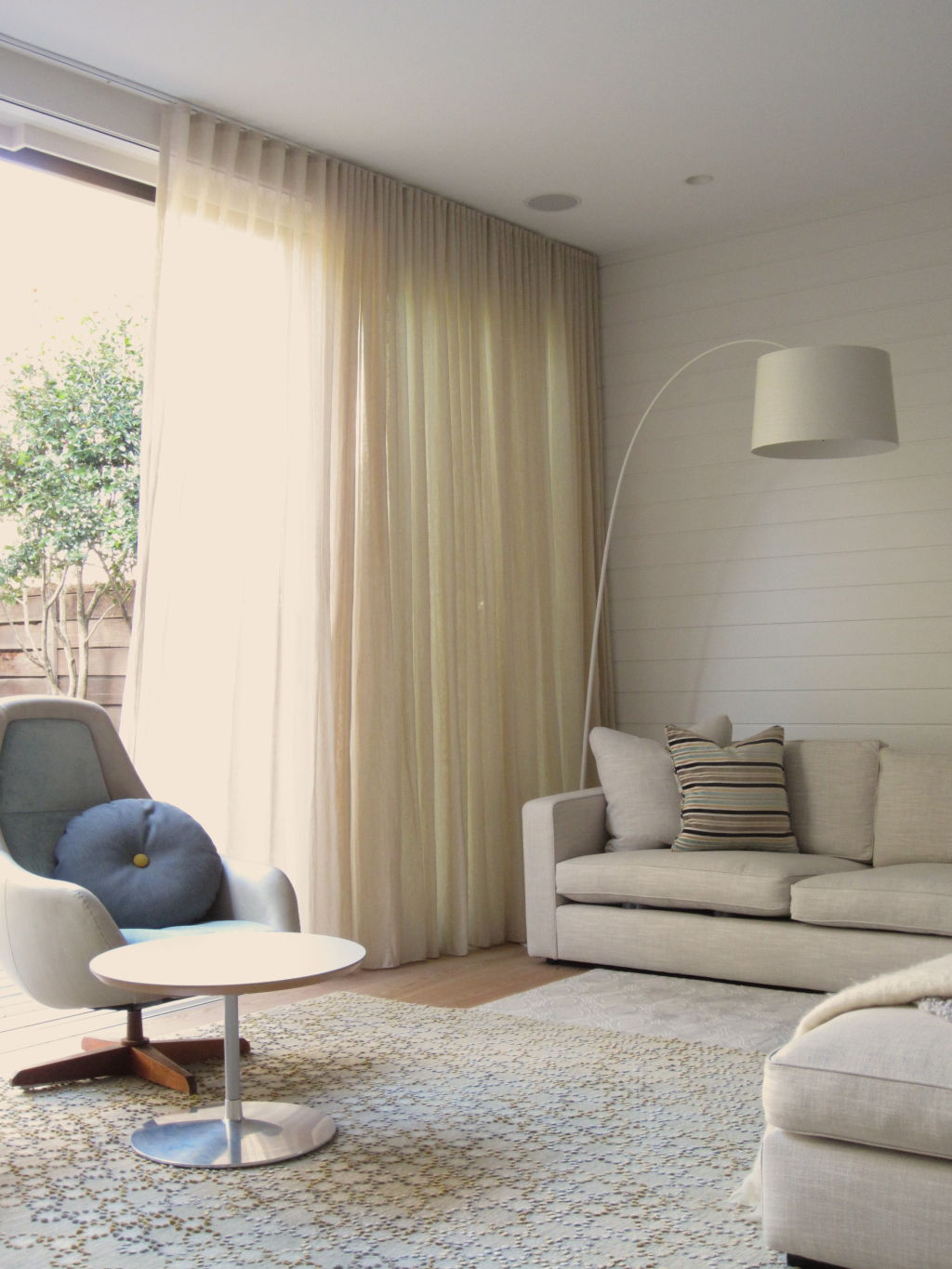
Mirrors can obviously make a place look more expansive, and they can also help brighten a room by reflecting light.
McNamara’s favourite spot for a mirror is above a fireplace. She warns against placing them in spots where people will be distracted by their own image – for example, in the dining room – and says it’s important to make sure that you’re reflecting something attractive (rather than, say, the next-door neighbour’s drab wall).
If your house is lacking ambience, then exchanging your light bulbs for ones that give off a softer, warmer light can help, as can turning off your downlights and using floor and table lamps instead.
“Lighting can make or break a room completely,” says McNamara. “I think most homes are too starkly lit. There are a lot of downlights, and downlights are never flattering.”
And while it might be tempting to banish your old belongings and start from scratch, McNamara is a big advocate for restoring and repurposing what you can.
Furniture can be reupholstered, repainted or sanded down; artworks can be renewed and door handles can be painted or replaced.
Ultimately, McNamara says creating a home you love is less about instant gratification and more about taking small steps every day to realise your dream environment.
We recommend
States
Capital Cities
Capital Cities - Rentals
Popular Areas
Allhomes
More


